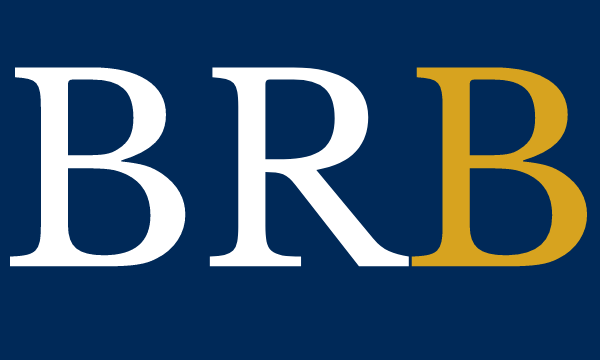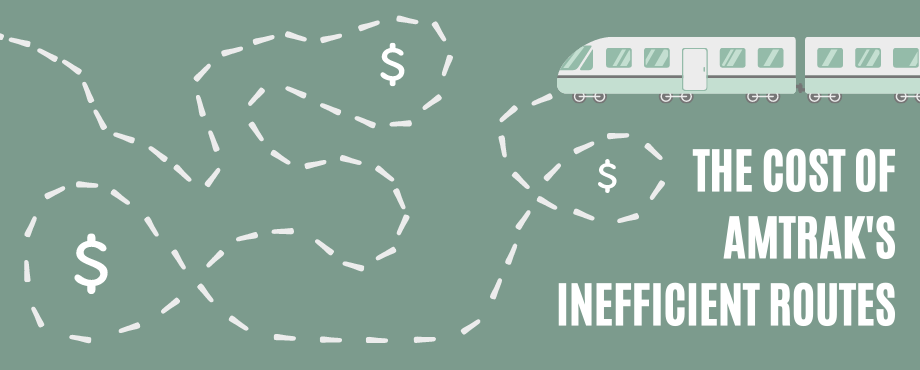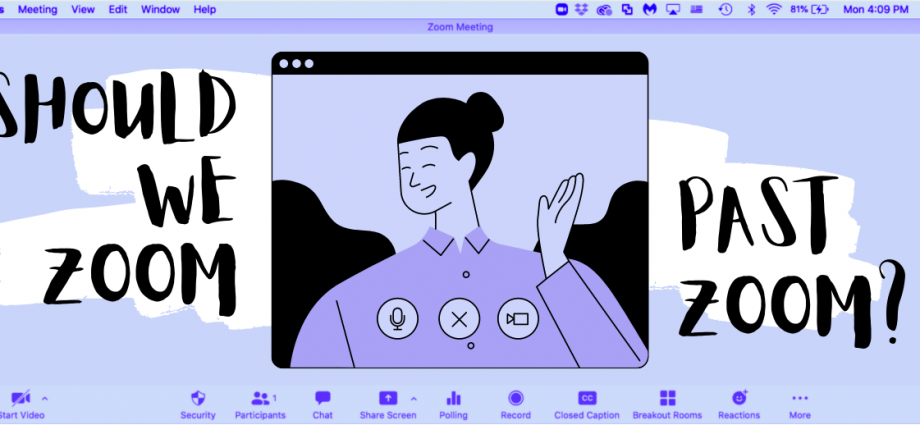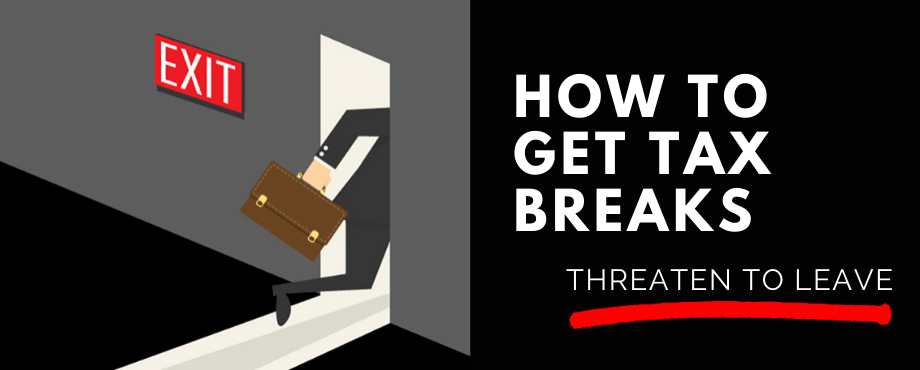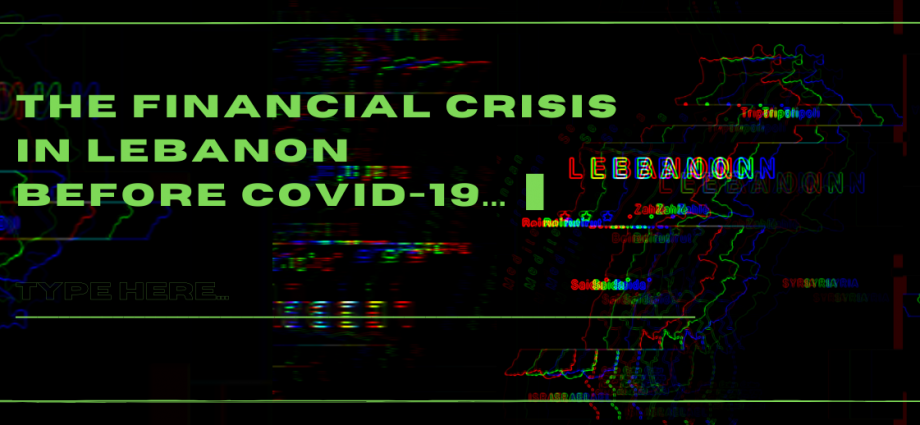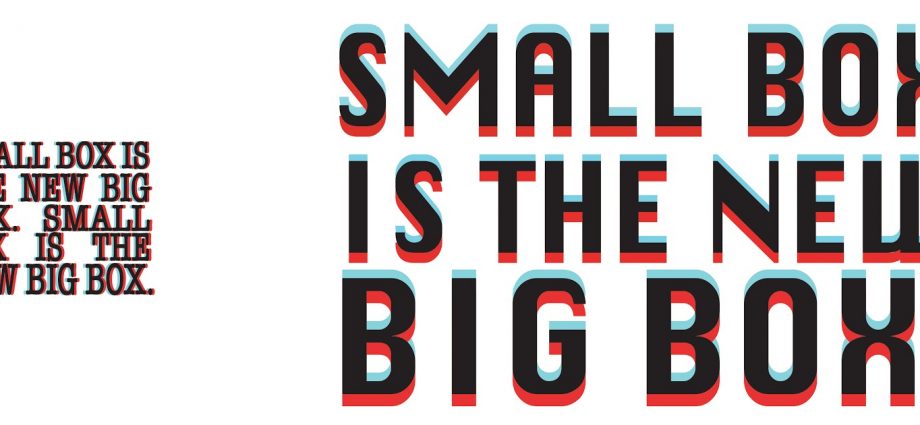Amtrak’s Inefficient Routes: Quantifying Their Net Cost
The Northeast Corridor serves 17% of the US population, but covers 2% of the land in the US. In a 2014 report by Amtrak, the Northeast Corridor helps support the education and powerhouses that are located in the area. The train is competitive because it connects multiple affluent urban areas within a short distance of each other. From a passenger’s standpoint, the travel time and costs are comparable to driving or flying. Through price discrimination, Amtrak is able to charge higher prices for the consumer.Continue Reading
Should We Zoom Past Zoom?
Zoom (NASDAQ: ZM) is a video conferencing software which has been widely adopted by businesses, schools, and other institutions as a means of communicating during the COVID-19 pandemic and quarantine. Relatively unknown prior to the pandemic, its convenience (45-minute meetings are free) and friendly user interface have led to Zoom skyrocketing in popularity from around 10 million users in December 2019 to over 200 million users in March 2020, solidifying its domain amongst competitors such as Discord, Google Hangouts, Microsoft Teams, and Skype. Continue Reading
How To Get Tax Breaks, Threaten to Leave
States have a tax problem. The most consistently profitable companies in the Fortune 500 only pay about half the statutory federal income tax rate—a fourth pay less than 10 percent. Some even get refunds from Uncle Sam—despite making over $160 billion in pre-tax profits, an astounding 30 companies have enjoyed a negative income tax rate in the past three years.Continue Reading
The Financial Crisis in Lebanon before COVID-19
A total of 101 incidents at various banks across Lebanon from November 1 to January 13, including sit-ins, minor and violent scuffles, hostage taking, and forklifts blocking bank entrances, have only contributed to the exponential decline in consumer confidence in local banks. To regain political balance and hopefully reinvigorate foreign stimulus to abate the rising economic disaster, a new Prime Minister, Professor Hassan Diab, was installed. However, this decision—one that was backed by the US-delegated terrorist militant group Hezbollah—has not sat well with citizens, as they believe the new candidate was selected by the same political elites behind past political corruption in Lebanon.Continue Reading
Ximalaya FM: The Legal Monopoly
In the earlier days of the Internet, tech companies relied on free content to attract users. As the volume of digital content surged, however, quality did not necessarily keep up. It was a struggle to weed through low-quality content, and the time-poor, money-rich in China were willing to pay someone else to do the curating. This was when Ximalaya invited users to become hosts themselves and began to leverage their reputation to charge a fee for their content. With high accessibility, a growing awareness of intellectual property among Chinese netizens, and the convenience of mobile payments Ximalaya got the Chinese to pay for digital content. Ximalaya now has over 5 million hosts who curate and advertise their content, driving sales for the company as a result.Continue Reading
Profiting off of Prison Labor
“Factories with Fences” and “American Made” boasts UNICOR. Better known as the Federal Prison Industries program, UNICOR makes nearly half a billion dollars in net sales annually using prison labor, paying inmates between 23¢ to $1.15 per hour. Despite already earning one-sixth of the federal minimum wage, inmates with final obligations must contribute half of their earnings to cover those expenses. UNICOR, in addition to other government-owned corporations and private prisons, makes millions upon millions of dollars using nearly free prison labor.Continue Reading
Coronavirus and the Homework Gap
UC Berkeley’s policy decisions this past spring around remote learning in response to the coronavirus pandemic elicited a wide range of reactions from my peers. One of my classmates, Dick, was ecstatic as he opted for the Passed/Not Passed grading option for all of his classes—saving his GPA from completely tanking. Many of my graduating friends, on the other hand, were despondent as their last semester at Berkeley was cut short, leaving them prematurely saying goodbye to all their friends and the place they had called home for four years. Continue Reading
The Virtual Exchange Rate Trap
When I was in middle school, I hit a phase where I became addicted to money-earning apps, like FreeMyApps. Over the period of a few months, I had earned around $300. With that money, I probably could have bought something useful–but no, being my middle school self, I decided to spend all my hard earned money on Clash of Clans and bought 42,000 gems (the in-game currency of Clash of Clans). It seemed like a value buy at the time–42 thousand gems sounds like quite a lot. But, within one day, I had used up all my gems.Continue Reading
Small Box is the New Big Box
So what is a Flex Format store? They’re smaller Target stores carrying just a fraction of the products of full-line locations, with selections individually tailored to fit the specific needs of the surrounding community. Most include a CVS-branded pharmacy, an order pickup area, customer service, and a Starbucks-branded cafe. Clocking in at just 12,000 square feet, the Berkeley Shattuck location in particular is just 8% of the size of your average 145,000-square-foot Target store. The Shattuck location is one of the smallest in the chain, with typical Flex Format locations ranging from 25,000 to 40,000 square feet. Target seems to be heavily leaning into the Flex Format idea, as nearly all of its store openings planned for the next few years fall within the concept parameters. Continue Reading
Boeing (BA): A Buy at Low Levels?
It’s no secret that COVID-19 has transformed the American economy. Manufacturing plants are shutting down, employees who can are working from home, and companies are struggling to stay afloat. Although many of these changes are temporary in such scale, they may be permanent in a smaller scale—i.e., some number of employees who were previously commuting to work will likely permanently switch to working from home after being introduced to this possibility.Continue Reading
